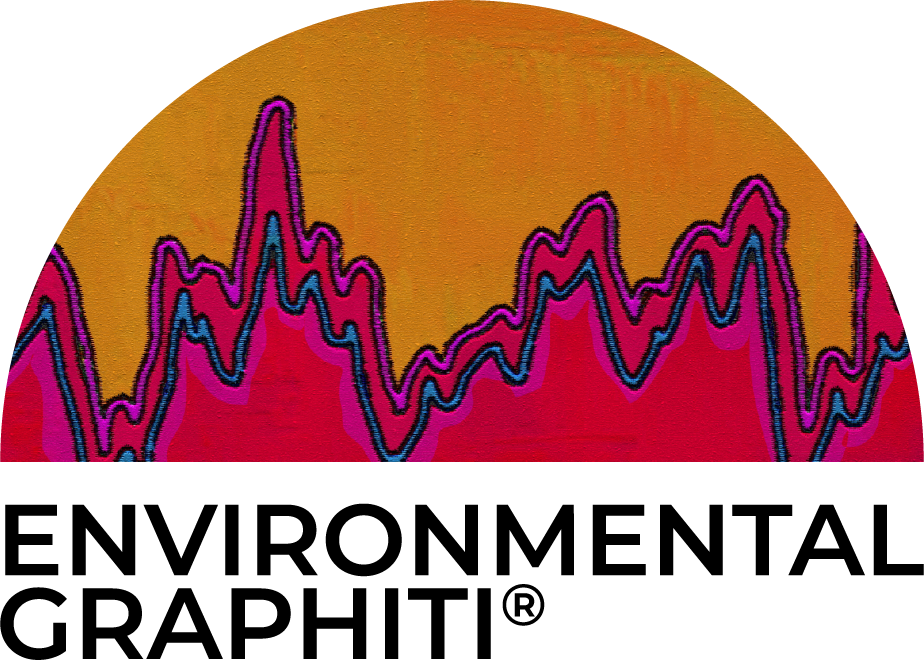Wildfire trends in the U.S.
The Art
The Graph
Wildfire Trends in the U.S.
“Key Points
…The extent of area burned by wildfires each year appears to have increased since the 1980s. According to National Interagency Fire Center data, of the 10 years with the largest acreage burned, all have occurred since 2004, including the peak years in 2015 and 2020 …. This period coincides with many of the warmest years on record nationwide . ..”
“Background
Together, forests, shrubland, and grassland cover more than half of the land area in the United States… These ecosystems are important resources, both environmentally and economically. Although wildfires occur naturally and play a long-term role in the health of these ecosystems, changing wildfire patterns threaten to upset the status quo. Multiple studies have found that climate change has already led to an increase in wildfire season length, wildfire frequency, and burned area… The wildfire season has lengthened in many areas due to factors including warmer springs, longer summer dry seasons, and drier soils and vegetation…. Similarly, climate change threatens to increase the frequency, extent, and severity of fires through increased temperatures and drought… Earlier spring melting and reduced snowpack ….result in decreased water availability during hot summer conditions, which in turn contributes to an increased wildfire risk, allowing fires to start more easily and burn hotter. These trends of longer wildfire seasons and larger wildfire size are predicted to continue as more frequent and longer droughts occur…. In addition to climate change, other factors—land use, large-scale insect infestation, fuel availability (including invasive species such as highly flammable cheatgrass), and management practices, including fire suppression—play an important role in wildfire frequency and intensity. All of these factors influencing wildfires vary greatly by region and over time, as do precipitation, wind, temperature, vegetation types, and landscape conditions. Therefore, understanding changes in fire characteristics requires long-term records, a regional perspective, and consideration of many factors….”
“…Wildfires have the potential to harm property, livelihoods, and human health. Fire-related threats are increasing, especially as more people live in and near forests, grasslands, and other natural areas….According to the National Oceanic and Atmospheric Administration, between 1980 and 2023 the United States had 22 wildfire events that individually caused more than $1 billion in damage; 18 of those have occurred since 2000….
Beyond the human and societal impacts, wildfires also affect the Earth’s climate. Forests in particular store large amounts of carbon. When they burn, they immediately release carbon dioxide into the atmosphere, which in turn contributes to climate change. After burning, forests also release carbon dioxide more gradually through decomposition…”
Climate Change Indicators: Wildfires, USEPA
https://www.epa.gov/climate-indicators/climate-change-indicators-wildfires#tab-3
[links,figure references and footnotes removed]
Re the Graph: Wildfire Extent in the United States, 1983-2022
“This figure shows annual wildfire-burned area (in millions of acres) from 1983 to 2022. The two lines represent two different reporting systems though the Forest Service stopped collecting statistics (orange line) in 1997 and is not planning to update them, those statistics are shown here for comparison.
Data source: NIFC, 2024; Short, 2015
Web update: June 2024”
Although the above graph was not updated to include the California fires of January 2025, climate change played an important role in those tragic, widespread fires.
“The main way that climate change worsens wildfires is by drying out vegetation. Prolonged heat turns forests and grasslands into tinder, fueling faster, more intense burns. In the case of [this week’s][January 7, 2025] fires, vegetation growth in early 2024 was enhanced by a wetter-than-average winter in Southern California. But during the summer of 2024, California experienced its hottest summer on record. This record heat, combined with near-record dryness, dried out the plentiful vegetation that grew in response to the wet winter. Moreover, Southern California’s wet season, which usually begins in October or November, was delayed, and by January 2025, severe drought conditions were in place…”
